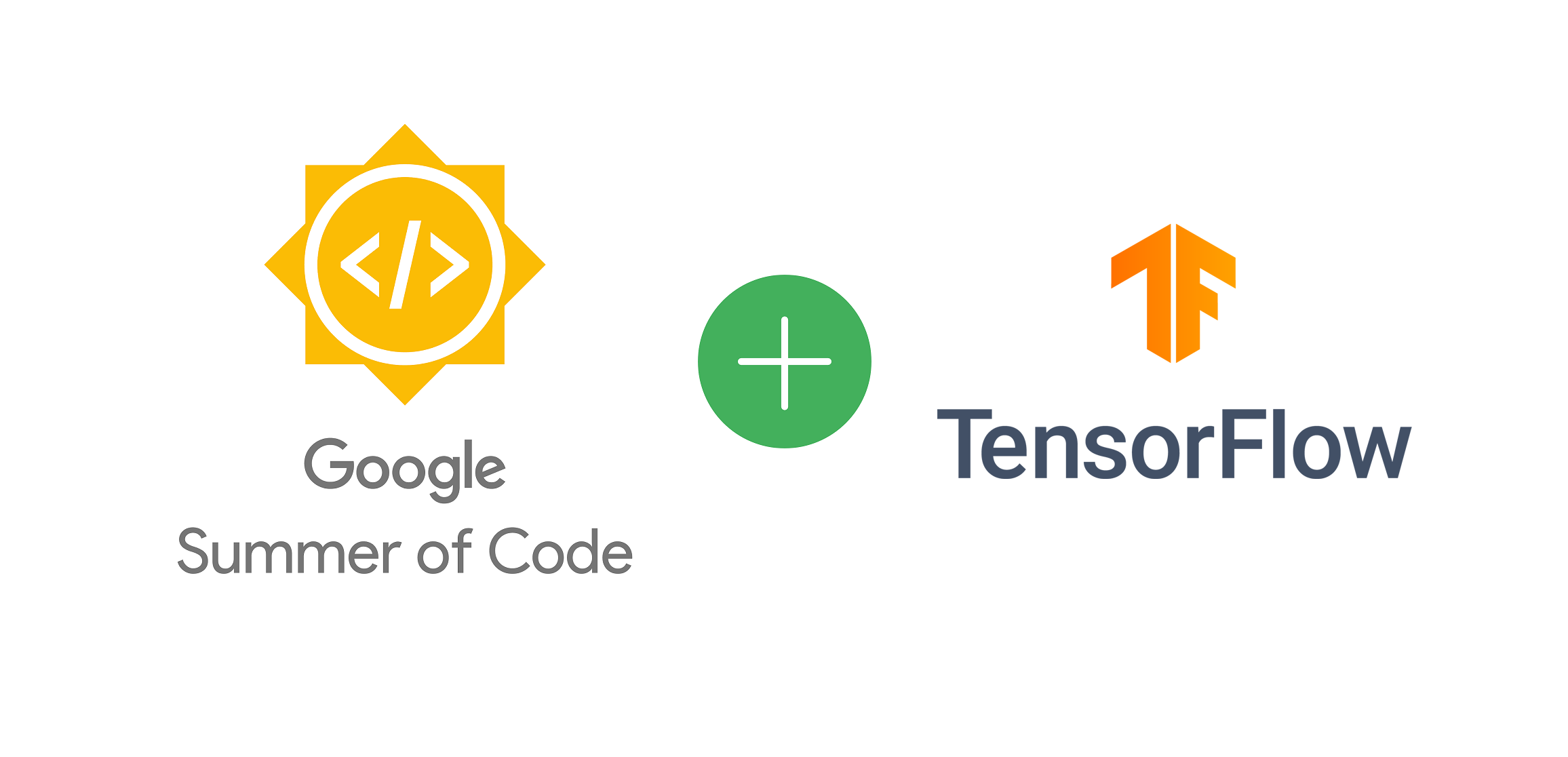
GSoC 2020: TensorFlow (Part-I)
How I got selected for GSoC with TensorFlow!
In this blog, I will share how getting bored in lockdown inspired me to apply for another GSoC.
$ git init
At the beginning of March, I got a vacation from my college work. (Thanks to COVID-19 😬😅)
Ten days into lockdown, I was bored to death. Internet speed on my mobile network (JIO) was horrible. So, I could not watch any new animes or TV series 😢 (until I got a broadband connection next month).
To prevent me from dying of boredom, I decided to take part in another GSoC this year.
Over the past few months, I was involved with ML and DL. So, I decided to apply for the TensorFlow organization.
I knew there will be a lot of competition in an organization like TensorFlow (around 1500 applicants!).
So, a good amount of contribution was the only way to get selected.
How to Contribute
Directly diving into the GitHub Issue list can be overwhelming. So, to familiarize me with TensorFlow organization, I started solving Google Code-In TensorFlow tasks.
Google Code-in is a competition for students between the age of 13-17 years; nevertheless, the tasks they provide have excellent resources. So, they are a great way to learn stuff related to open-source organization and programming in general.
For example, I made my first Pull Request in TensorFlow Datasets with the help of this task.
Similarly, you can find many tasks that will help you raise PRs in different open source organizations.
Also, completing some of the organization-specific tasks will familiarize you with the nature of the organization and will also give you a good edge over other students competing for GSoC.
For GSoC Aspirants
I hope that my project proposal gives you insight on how to write a project proposal.
A good proposal and significant no. of contributions will help you to get selected in any organization.
Concluding Remarks
Getting selected in TensorFlow and working with great minds at Google Brain is a dream come true!
Thanks for reading. Have a great day!